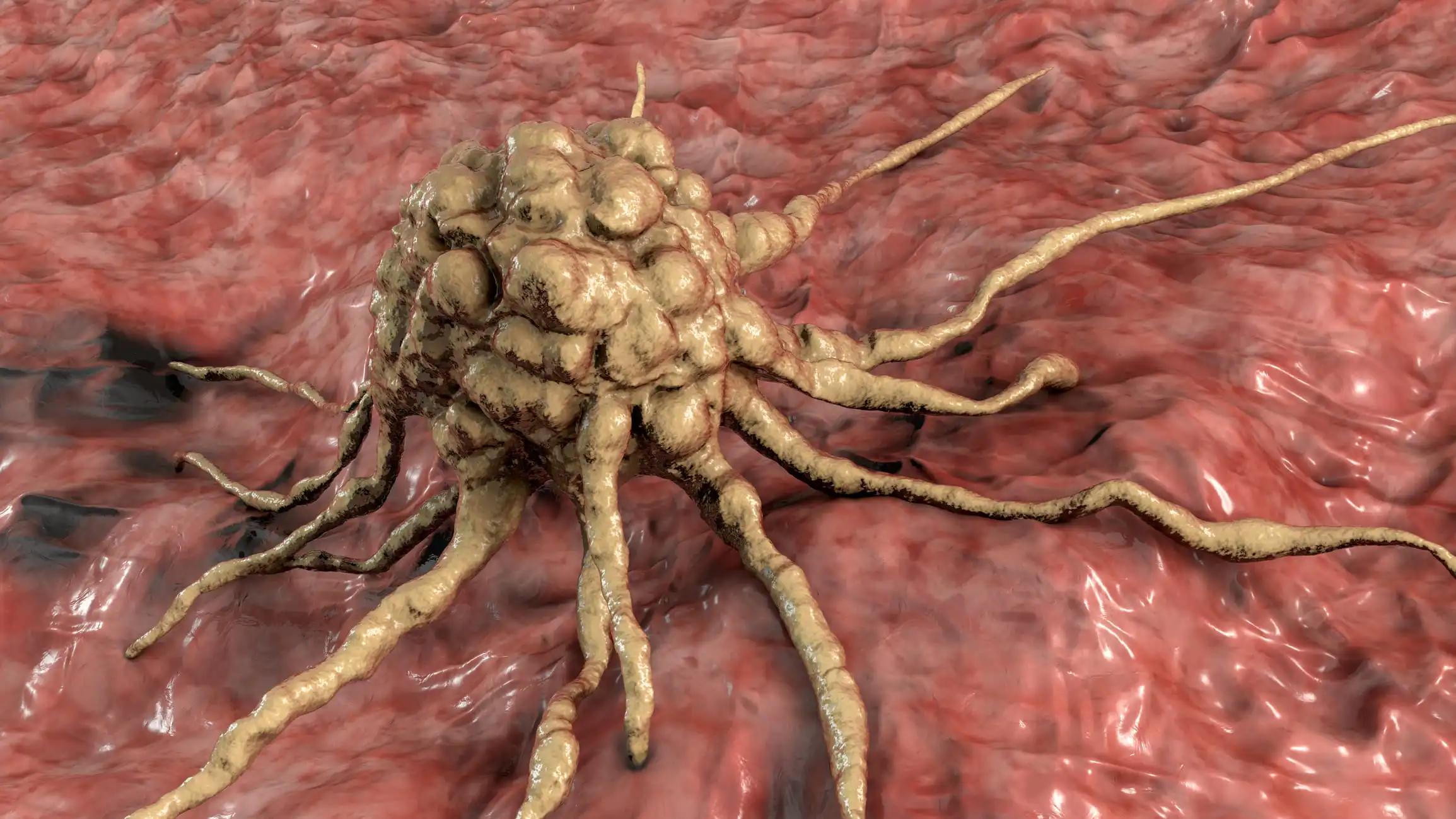KEY TAKEAWAYS
- The study aimed to develop a novel prognostic model assessing FRGs’ role in personalized melanoma treatment.
- The results suggested a strong ferroptosis-related prognostic model, providing new insights into targeted and immunotherapy for melanoma.
Melanoma is highly malignant and heterogeneous, making it essential to develop a specific prognostic model to improve survival and treatment strategies for individuals with the disease. Recent studies have shown that ferroptosis, an iron-dependent form of programmed cell death, results from the overproduction of lipid peroxidation. Despite this, the clinical significance of ferroptosis-related genes (FRGs) in malignant melanoma remains unknown.
Meng Wu and the team aimed to evaluate the involvement of FRGs in melanoma, aiming to create an innovative prognostic model.
Researchers systematically characterized the genetic alterations and mRNA expression of 73 FRGs in The Cancer Genome Atlas (TCGA)-skin cutaneous melanoma (SKCM) dataset. The results were validated using real-time RT-PCR and Western blotting. Subsequently, a multi-gene feature model was constructed using the TCGA-SKCM cohort.
Based on the feature model, individuals with melanoma were classified into high-risk and low-risk groups. Finally, correlations between ferroptosis-related signatures and immune features, immunotherapy efficacy, and drug response were analyzed.
A prognostic model associated with FRGs, developed using the LASSO Cox regression method, identified 13 FRGs correlated with overall survival prognosis in individuals and was validated with external datasets. Subsequently, functional enrichment and immune response analysis indicated notable differences in immune cell infiltration, mutation burden, and hypoxia status between the high-risk and low-risk groups. Additionally, the model proved effective in predicting responses to immunotherapy and drug sensitivity.
The study concluded that a robust ferroptosis-related prognostic signature model was developed, offering potential new insights into targeted therapy and immunotherapy for patients with melanoma.
No funding-related information was available.
Source: https://pubmed.ncbi.nlm.nih.gov/38755712/
Wu M, Li K, Liao Y, et al. (2024). “Multi-omics analysis for ferroptosis-related genes as prognostic factors in cutaneous melanoma.” Zhong Nan Da Xue Xue Bao Yi Xue Ban. 2024 Feb 28;49(2):159-174. doi: 10.11817/j.issn.1672-7347.2024.230401. PMID: 38755712; PMCID: PMC11103070.



